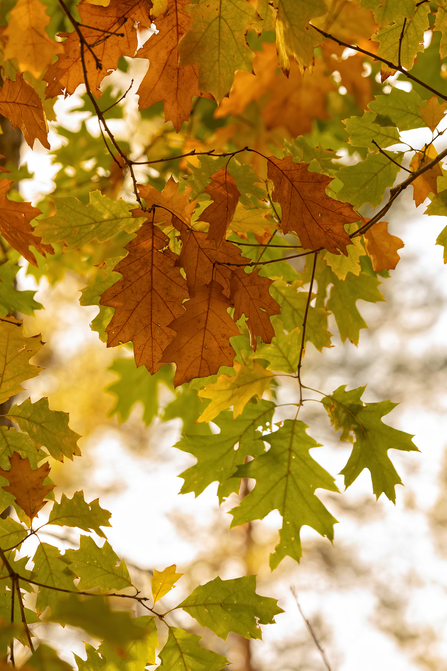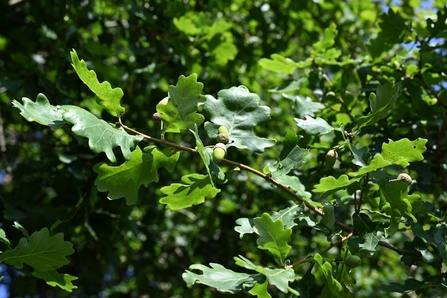On Friday 12th August, the Environment Agency declared that due to this dry period, drought conditions have claimed eight out of fourteen areas throughout England. We have witnessed detrimental impacts throughout our ecosystems: including wildfires such as that seen across Pirbright Ranges, species loss due to lack of water sources (particularly seen in insect fauna), browning of horticultural crops and the noticeably premature shedding of trees dropping their leaves.
We are used to seeing the golden turning of colours as we welcome autumn during the latter end of the year, however this year we have experienced this much earlier than expected and for very different reasons. So, why are our trees dropping their leaves so early on in the year?
When plants uptake water from the earth through their roots, the water vapour is pulled against gravity up through the trunk and to the leaves where it will be evaporated along with other gases. Water vapor and these gases are able to escape into the atmosphere through small openings on a leaf’s surface known as stomata. Drought stress can cause the stomata to close to prevent water loss through evaporation. Once the stomata is closed, plants are unable to exchange gases and take in carbon dioxide that is required for producing carbohydrates needed for supporting growth. Unfortunately, extreme conditions are often too great of an impact and plants will drop their leaves and rely on reserved energy from spring and summer.



